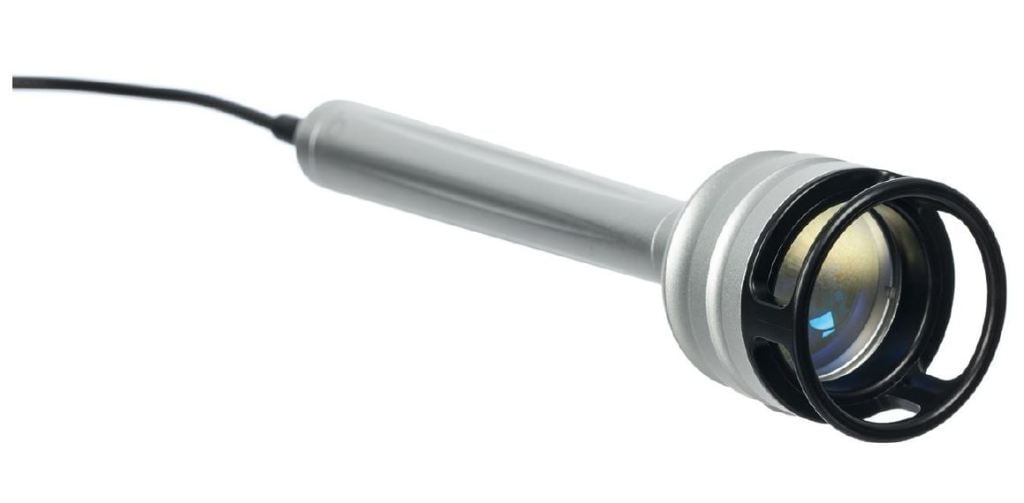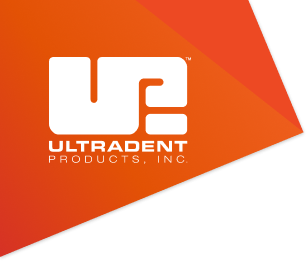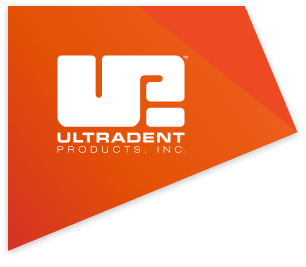As a General Dental Practitioner, standing out from the crowd requires creative marketing, quality reviews, and word-of-mouth buzz—but a menu offering treatments not found in every office separates a practice from the pack. Incorporating photobiomodulation (PBM) adds a high value offering to your practice’s “menu” without major overhead, training, or time investments.
PBM is a fairly recent trend in the dental industry despite being developed more than half a century ago. It’s been known by a handful of terms over the years, including low-level laser therapy, cold laser therapy, biostimulation, and soft laser therapy. In short, it’s using light as therapy. Traditionally found in medical offices, PBM has historically been used to treat basically anything commonly described as achy—knees, shoulders, elbows, and the like. “In dentistry, [PBM is often used] to improve pain from TMJ if someone has a jaw problem, or to reduce pain and inflammation following a root canal or a surgical procedure,1” says New York-based clinician, lecturer, and member of the Academy of Laser Dentistry, Dr. Ron Kaminer. “

ULTRADENT PRODUCTS’ PBM ADAPTER, DESIGNED TO PROMOTE WELLNESS THROUGH NON-INVASIVE DENTISTRY
“Photobiomodulation involves using a laser in a non-invasive way, using the energy to improve cellular function, especially in stressed cells,” says Kaminer. He was an early adopter of lasers and has three decades of experience exploring innovative approaches to better serve his patients through tech. He’s an outspoken proponent of PBM after seeing countless success stories stemming from this treatment. “Lasers are a tool, but when you use that tool creatively, you really can alter patients’ lives and that’s what makes it really, really special,” Kaminer says, adding “Photobiomodulation (PBM), or low-level laser therapy, has been shown to improve local circulation, oxygenation, and enzyme activity2. A variety of lasers can do it—diodes do it really well,” he adds.
“[PBM] delivers energy into a space that’s effected and we’re looking to change that effect from a negative effect to a positive effect. We’ve used it across the lines in practice for many, many years.” Dr. Kaminer started using forms of PBM around 2005 and has closely watched its rising popularity. “The difficulty has always been only a handful of manufacturers ever made a dedicated handpiece or attachment to their dental laser. The exciting thing about the new PBM attachment for the GeminiTM [laser]—which is a true, dedicated additional handpiece—is going to make delivering PBM very easy with the Gemini [laser].”
Non-Invasive, Versatile Pain Management
Despite its proven successes, many dentists are hesitant to adopt PBM. There’s a perception that it’s a modern-day snake oil—promising otherworldly results but delivering on little more than placebo. “It kind of sounds and looks ‘hokey pokey’ because you don’t actually see what’s going on,” Kaminer says. “[ . . . ] I tell those who don’t believe me, ‘take a green laser pointer and point it at your hand for 10–20 seconds and you’ll feel energy.’ Sometimes the results are life changing.” Clinicians have praised PBM’s abilities to treat a myriad of conditions, including reducing post-surgery pain and inflammation, endodontic and restorative procedures, and wound healing/pain relief.1,2,3

THE GEMINI 810 + 980 DUAL-WAVELENGTH SOFT TISSUE DIODE LASER WITH THE PBM ATTACHMENT– THE “ENTRÉE AND SIDE DISH” TO BENEFIT ANY DENTAL PRACTICE
Dr. Kaminer often uses PBM to treat patients suffering from TMJ pain. “When someone comes in with TMJ pain, they could have rubbing of cartilage, they could just have inflammation of the joint, and by putting a PBM adapter externally for 30–40 seconds around that joint [ . . . ] you’re increasing blood flow, relaxing the muscles, reducing inflammation, and getting down to a cellular level to make those bad cells behave like good cells 4. I would expect, after a couple PBM treatments, that joint would start to feel better, loosen-up, and by promoting blood flow and lymphatics, patients just feel better.” Kaminer says he’s treated numerous patients whose ability to function in their day-to-day lives has been negatively impacted by TMJ pain. “They’re getting headaches and it’s all because their clenching and grinding of the joint. Literally, three to four PBM applications a couple of days apart, without medication, it’s life-changing for those patients because their TMJ gets better, their headaches get better, they just feel better overall.”
PBM can also be used to help treat side effects of chemotherapy such as oral mucositis 5. “When people go through chemotherapy, they can get sores in their mouths. Sores are painful. PBM is going to take those bad cells, those painful cells, and improve blood flow to reduce inflammation1 and little by little, make those sores heal or become more comfortable… or at least more tolerable,” Kaminer says.

DR. RON KAMINER LECTURES AROUND THE GLOBE ON THE BENEFITS OF SOFT TISSUE DIODE LASERS AND PBM
Kaminer says PBM is valuable in endodontics as well. “When someone is doing an endodontic surgery, they can take the PBM handpiece and place it right over the outside of the mouth—and the closer to the skin or the closer to the area, the closer the penetration—so we can place the handpiece right over the mouth over the tooth being worked on, reducing inflammation which will lead to less post-op pain3 [ . . . Dentists] have tons of uses for a laser, and now they can value-add with photobiomodulation and they’ll change a patient’s life, they’ll make [patients] more comfortable,” Kaminer adds.
PBM Promotes Itself
Utilizing technology like soft tissue diode lasers for PBM treatments does more than amplify efficiency, care, and productivity in a dental office… it also boosts the perception of the dentist as a progressive, dynamic, modern clinician. “People come to my practice because they’ve heard I use lasers. They ask, ‘can you do this with a laser? Can you help me with a laser?’” Kaminer says. He’s doubled-down on lasers several times during his career, even rooting the digital branding of his practice in laser use—his website is NYlaserdentistry.com.
Learn more about Gemini and PBM here.
Adding PhotoBioModulation (PBM) to a practice’s menu opens an entirely new world of treatment options for a dentist. “It boils down to the fact that by reducing inflammation and increasing blood flow1, people will just feel better. And that’s what PBM does.”
Used as a side dish to the primary clinical offerings, PBM can elevate the perception of a practice, bring new patients through the door.
Sources
1. Suter VGA, Sjölund S, Bornstein MM. Effect of laser on pain relief and wound healing of recurrent aphthous stomatitis: a systematic review. Lasers Med Sci. 2017;32(4):953-963. doi:10.1007/s10103-017-2184-z
2. Kim HB, Baik KY, Choung PH, Chung JH. Pulse frequency dependency of photobiomodulation on the bioenergetic functions of human dental pulp stem cells. Sci Rep. 2017;7(1):15927. Published 2017 Nov 21. doi:10.1038/s41598-017-15754-2
3. Lopes LPB, Herkrath FJ, Vianna ECB, Gualberto Júnior EC, Marques AAF, Sponchiado Júnior EC. Effect of photobiomodulation therapy on postoperative pain after endodontic treatment: a randomized, controlled, clinical study. Clin Oral Investig. 2019;23(1):285-292. doi:10.1007/s00784-018-2435-9
4. Khairnar S, Bhate K, S N SK, Kshirsagar K, Jagtap B, Kakodkar P. Comparative evaluation of low-level laser therapy and ultrasound heat therapy in reducing temporomandibular joint disorder pain. J Dent Anesth Pain Med. 2019;19(5):289-294. doi:10.17245/jdapm.2019.19.5.289
5. Gobbo M, Verzegnassi F, Ronfani L, et al. Multicenter randomized, double-blind controlled trial to evaluate the efficacy of laser therapy for the treatment of severe oral mucositis induced by chemotherapy in children: laMPO RCT. Pediatr Blood Cancer. 2018;65(8):e27098. doi:10.1002/pbc.27098








